Guide to Double-Sided Stoves & Fires
The warm glow of flickering flames make an attractive and atmospheric addition to any home, oozing with focal feature potential. And where better to place an eye-catching centrepiece than in the middle of the room? While conventional products are traditionally restricted to the peripheries of a space, modern double-sided stoves and fires make this look possible.
A popular solution is to place the unit within a partition wall. Perfect for zoning large open-plan areas, the divider could be protruding out from one wall or standing independently in the middle of a room, so you can walk around either side.
One way to make the design really pop is by cladding it in a different covering to the rest of the room – slate can make a real statement, for instance. Take the look one step further by including a cut-out area within the partition to form a stylish log store.
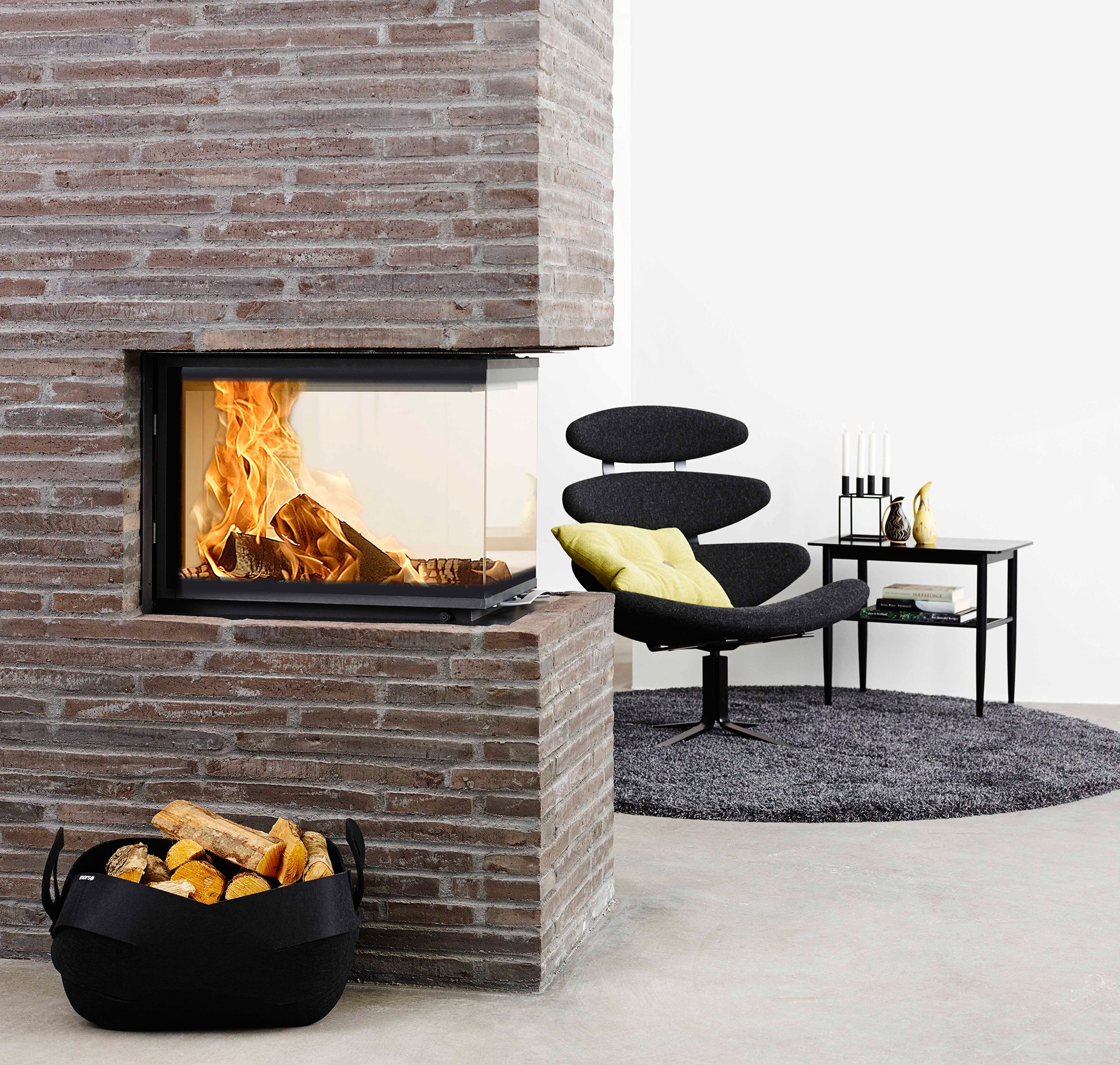
A full-height partition wall will help to hide the stove’s flue away from sight. Alternatively, stopping the divide lower than the ceiling and keeping part of the exhaust visible is an attractive option that will certainly work to bring extra wow factor to your project’s interior.
If you’re working to a smaller floorplan, then a freestanding double-sided stove could work best within your scheme. You may even want to consider a luxury, gravity-defying design that hangs from the ceiling – but make sure you have suitable strength in the floor and roof to hold it in place, as well as enough room in your budget.
Browse the gallery for more design options:
The Expert View
Award-winning architect Opinder Liddar from lapd architects answers your questions about how to achieve this look.
What are the key considerations for including a double-sided stove or fire?
Building Regs require you to have an adequate air supply to the unit. Traditionally, you might have an air brick on the outer wall, but in some houses we put a duct running beneath the floor. You may get some issues if you’re working towards Passivhaus status because the air supply will break the thermal envelope of the property.
There are some systems where you can close the seal when not in use, but a lot of building control authorities want you to have a permanent open vent, which contradicts Passivhaus principles.
You’ll also need a flue or chimney for the majority of installations. As a double-sided stove isn’t going to be positioned at the edge of the room, you’ll have to think about how you’re going to get the flue right the way up to the ridge level of your roof.
In most cases this means navigating it through the storey above. In some cases you can angle them, but there are restrictions and too many turns will lower the efficiency of the exhaust.
Sometimes a stove will produce so much heat that you might need more than one grille. The thinner sides of the partition offer a good area to hide these away without disrupting the aesthetic. Another idea is taking the grilles and venting the heat through to a different room to warm a separate part of the house – we did this in one property and it worked really well.
Can I make use of a dual-aspect unit if I don’t have an open-plan layout?
You can get a similar look in smaller rooms by including a freestanding double-sided stove within a gap in a complete wall. We’re actually creating this in a current project – you can’t walk through the gap as there’s only 400mm either side of the unit, so you have to walk out of the room and through a hallway to get to the opposite space. But it’s a good way to subdivide areas if you just want the visual connection.
Plus you can make use of the same stove within two different zones. Just be aware that noise will transfer between the rooms.
What professionals should I employ to help with the project?
Seek the expertise of a stove or fire specialist who works with the kind of fuel you’re looking to use. They will understand what heat output you’ll need for the size of the area, as well as the suitable air supply options.
How much money should I budget for this kind of feature?
If I was going to include a woodburner, then I’d allow at least £3,000. This should be enough to install a basic double-sided stove as well as the hearth – but you’ll need to budget extra for the chimney and partition, if required.
As with any element of your home, prices vary greatly depending on many factors; we recently had a client who spent £10,000 on a swanky remote control gas unit, for instance. Really, it’s all down to personal taste – if you’re going to make a feature out of it then it’s up to you what you want to spend on it.
Image (top): The Metro 130XT Tunnel Eco Wave gas closed fire by Dru measures 1,300mm wide and can be controlled remotely from your smartphone or tablet. Priced at £4,420 (incl. VAT), it has a heat output of 10.8kW
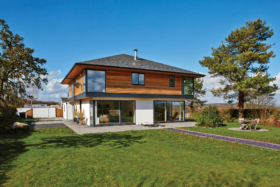
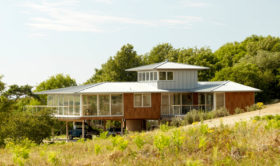















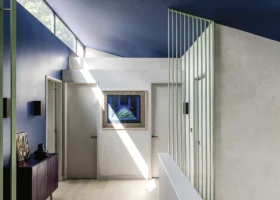
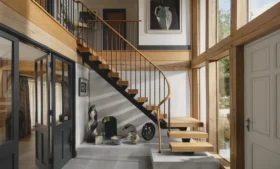













































































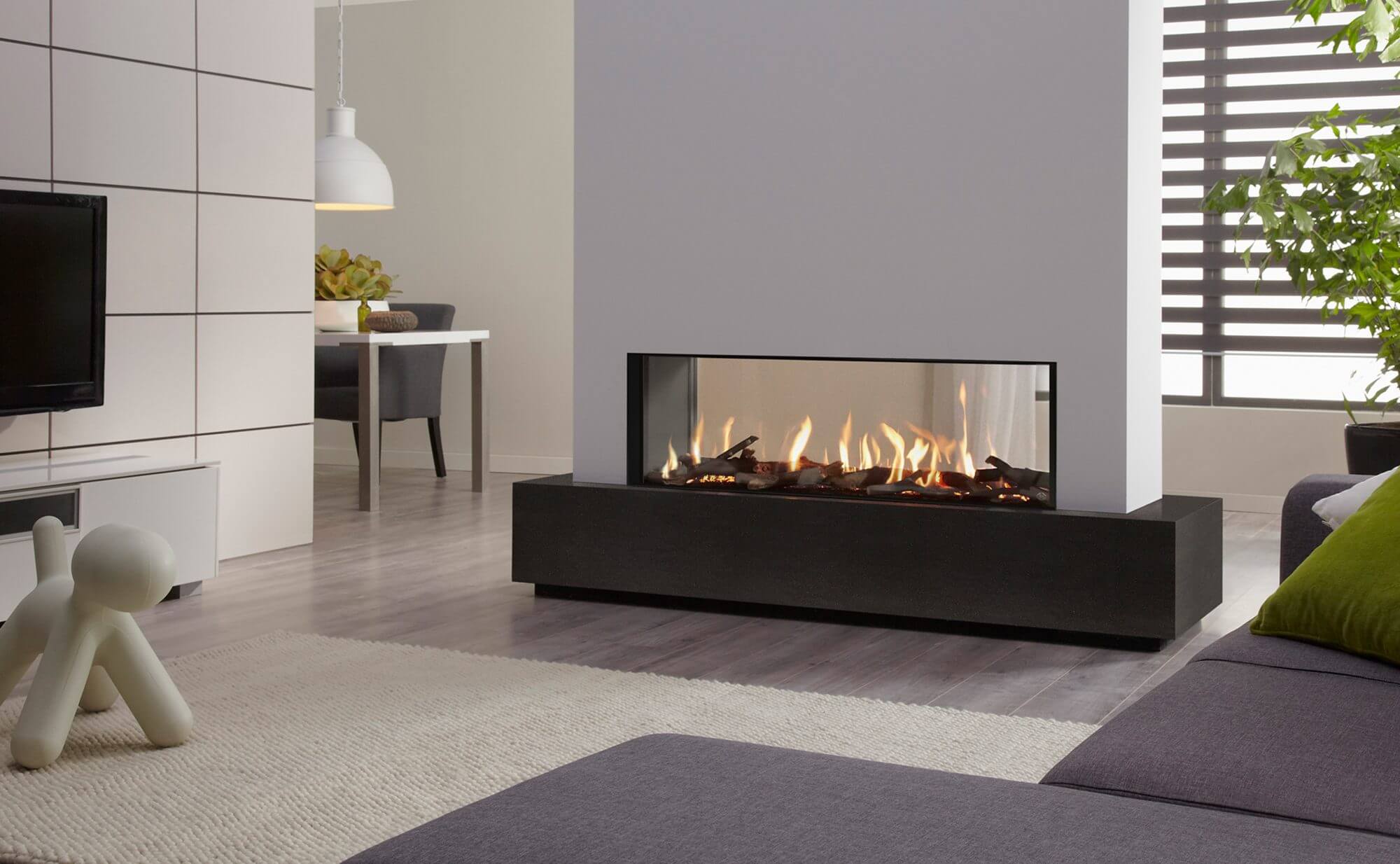
 Login/register to save Article for later
Login/register to save Article for later

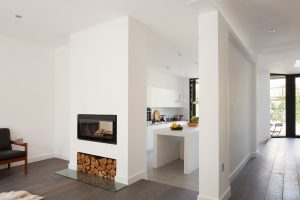
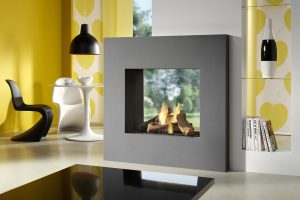
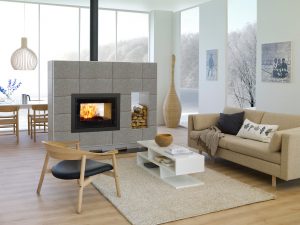
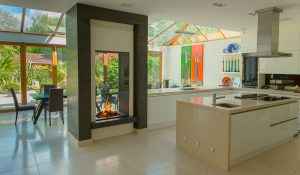
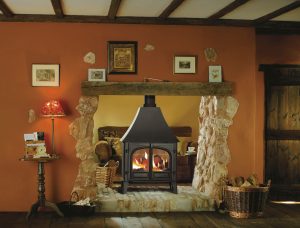
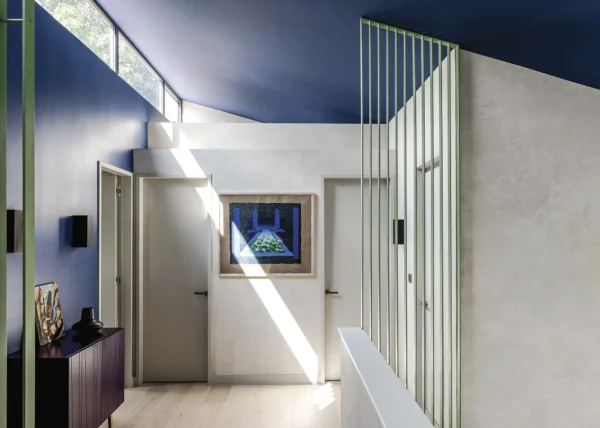
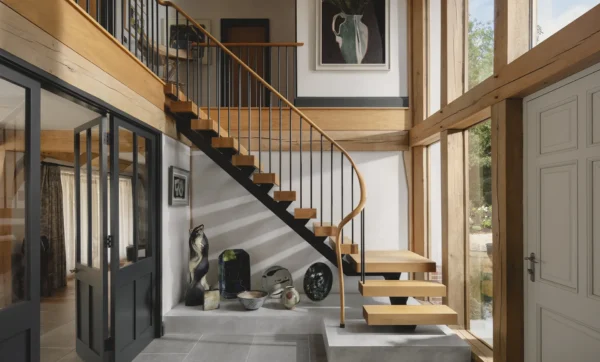
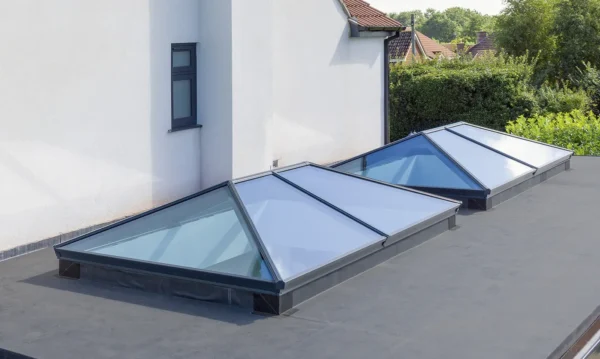
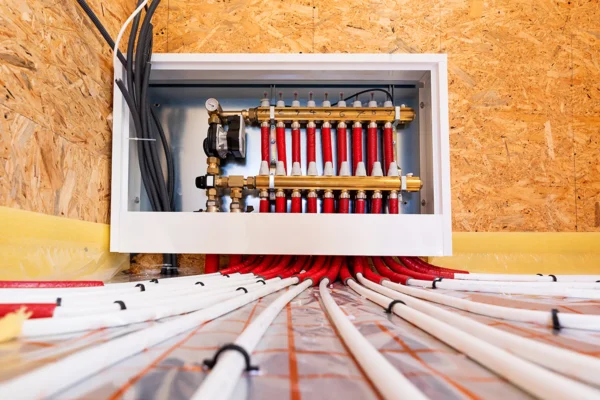
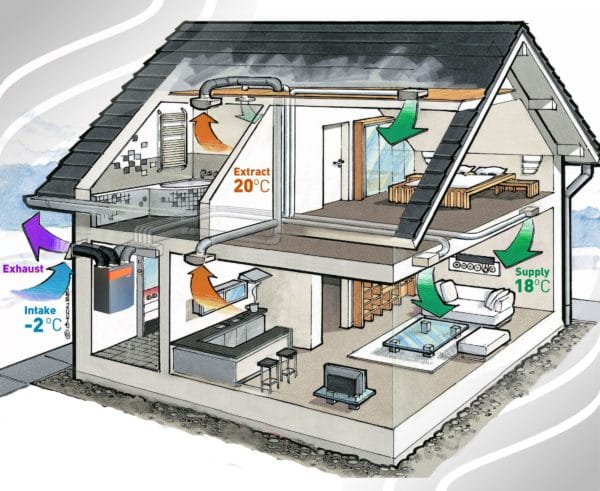

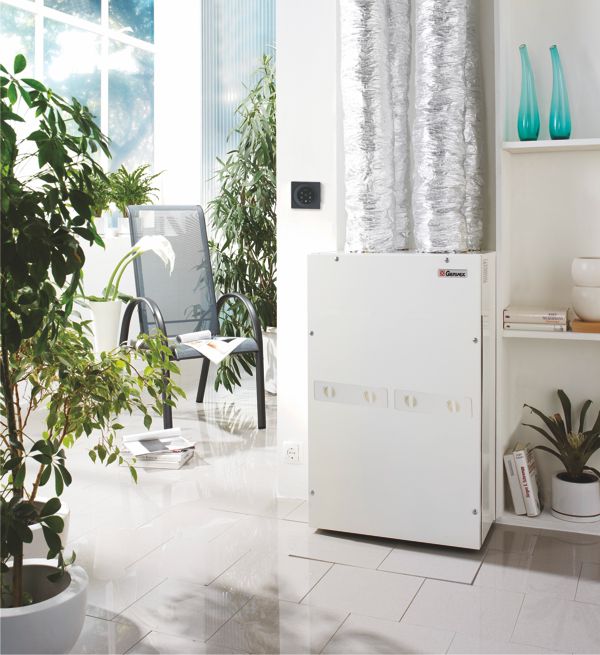




Comments are closed.